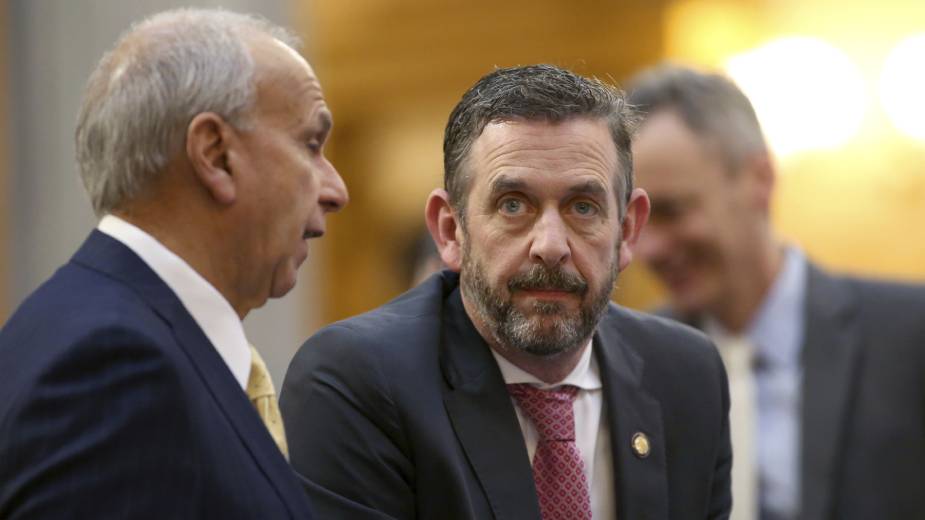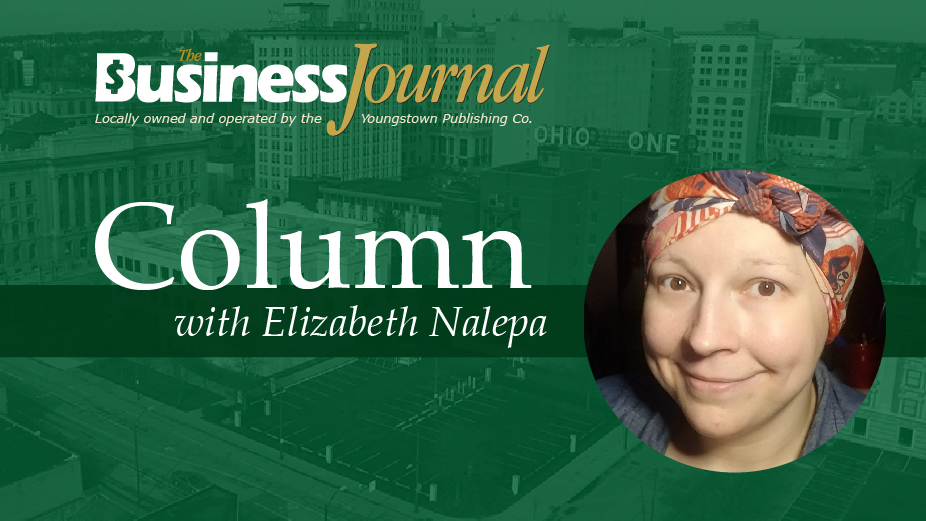Chamber Explains Requests for $5,000 Lobbying Fees
YOUNGSTOWN, Ohio – A Youngstown Warren Regional Chamber initiative to advocate for state dollars to support Mahoning Valley arts organizations predated its role in ranking state capital funds requests, chamber officials say.
That advocacy, for which the chamber sought $5,000 apiece from each of the arts groups seeking state money, prompted six state legislators Thursday to inform the Regional Chamber that it would no longer serve as “a facilitator for capital bill project submissions.”
The letter, sent to the chamber’s president and CEO, Tom Humphries, and Guy Coviello, vice president of government affairs and economic development, was signed by state Sens. Joe Schiavoni and Capri Cafaro and state Reps. Michele Lepore-Hagan, John Boccieri, Sean O’Brien and Michael O’Brien.
The legislative delegation also addressed a letter to community leaders asking them to submit any capital bill requests directly to their offices. Barely a month earlier, in a letter dated Nov. 10, the legislators had requested that local leaders submit their requests to the chamber “for review and prioritization.”
Schiavoni, D-33 Boardman, the Ohio Senate minority leader, said he had “heard some rumblings” that local arts groups had paid the chamber for lobbying for capital budget projects but initially chalked those up as rumor. More recently he met with representatives of arts groups who said some of the organizations were paying the chamber to advocate for them.
“We can’t have our names connected to this process if they are in fact collecting money for advocacy in the budget process,” Schiavoni said. “Even if it’s just a perception I don’t want to be anywhere near that.”
When there’s a state capital budget, Humphries says, it is divided into three buckets: community and economic development, higher education and the arts.
Over the past six capital budgets the “weakest component” in terms of dollars coming back to the community was the arts, he said. Following the last capital budget two years ago, the chamber heard several complaints from area arts organizations about not receiving what they perceived as their “fair share,” he noted.
In that 2013 capital budget, of the 16 arts projects funded in northeastern Ohio, 11 were in Cuyahoga County, three were in Mahoning County and none were funded in Trumbull County, Coviello reported. “The arts community agreed that wasn’t equal. Not that we should get as much as Cuyahoga, which is much bigger, but it didn’t seem to be in sync,” he said.
When Coviello joined the chamber last year in the government affairs role, one of the objectives he was tasked with was helping the local arts community “get their hands around the [state] funding process,” Humphries said.
Using the chamber’s Grow Mahoning Valley – its arm for prioritizing infrastructure projects — as a model, “What we wanted to do is see if we can get a similar system built for the arts” to improve their chances of success when they seek funding, Humphries continued.
“What Grow Mahoning Valley does is it takes all of the players in regards to infrastructure projects in the two counties and gets them to cooperate and collaborate and prioritize their projects” so the community can speak with one voice to express its priorities for state and federal funding, Coviello said.
In December 2014, Coviello started bringing together the individuals who operate the major arts and cultural centers in the Mahoning Valley. Chamber officials also put together a budget for “what it would cost us to carry out this initiative,” knowing it was not something the chamber had done before or had the resources to cover the expenses associated with the effort. After determining the budget, the breakdown was about $5,000 per organization.
“A couple of those organizations immediately jumped on board and agreed that this was something worthwhile,” Coveillo said. Even when the chamber didn’t get all of the expenses covered by those organizations that paid the fees, the chamber moved forward with the initiative with the idea that others would follow the early contributors’ example.
He also points out that several area arts organizations have engaged outside advocacy firms it the past to lobby on behalf of projects in Columbus. “Many of the arts organizations here over the years have spent $50,000 to $60,000 for professional advocacy,” he said.
Over the past several months, the chamber brought several policymakers and decision makers from Columbus to the Mahoning Valley to visit “some of our really cherished cultural facilities,” Coviello said.
Once state lawmakers engaged the chamber to vet and prioritize capital projects, chamber officials initially turned to the arts organizations and informed them they would refund the money “so there would be no conflict of interest,” Coviello said.
However, once it became known that the state would accept separate lists for arts and community/economic development projects, the chamber informed the arts organizations of options, including submitting a separate list for arts projects.
“At that point, at the request of the arts organizations we agreed that we would continue the advocacy and we would submit an alphabetized arts list and it would not be part of the community development projects,” he said.
Boccieri, D-59 Poland, reported when he learned about the chamber’s arts advocacy effort and the associated fees in Columbus Tuesday he was “extremely concerned” by what he heard.
The Regional Chamber is “within its purview to lobby for what they need and what they want” through the application process “but we can’t be associated” with that process, Boccieri said.
Lepore-Hagan, D-58 Youngstown, reported local arts organizations told her specifically about the chamber’s effort and the $5,000 fee. She noted her district contains several of the Mahoning Valley’s major arts organizations and institutions, including Stambaugh Auditorium, the Youngstown Symphony and the Butler Institute of American Art
“This is so disturbing to me because as you know I’ve worked in this community for 28 years and I love and support the arts and will do everything I can for the arts,” she said. “I don’t want anything to jeopardize their chance of getting capital appropriations.”
The Butler Institute was among the local institutions considering paying the chamber’s $5,000 fee. It is planning to apply by month’s end for an estimated $500,000 to fund marble restoration in the museum as well as restoration of the stained glass windows and an air conditioning system in the Butler North building, said Dr. Louis Zona, the museum’s director.
“The chamber’s heart is in the right place. They were trying to do good for the community,” he said.
Zona said he understood the chamber’s fee request and was not upset by it. Other local arts organizations have used lobbyists in the past, he acknowledged.
The Butler used a lobbyist to help with the last capital budget, securing funds for a new elevator and air conditioning for the museum. “To go it alone without a lobbyist is probably not a good idea,” Zona remarked.
“Ultimately the state legislators are the ones who are in control of the situation and they decide how to proceed, and so we absolutely respect and support their effort to take on the process,” Coviello said.
Added Humphries, “We absolutely respect the legislators’ prerogative and we’ll follow it.”
Pictured: Tom Humphries, president and CEO of the Youngstown Warren Regional Chamber.
Copyright 2024 The Business Journal, Youngstown, Ohio.



